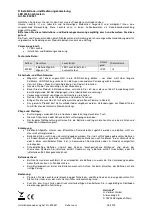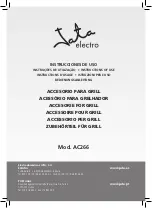
64
Getting Started
Turning off the computer
5.375 x 8.375 ver 2.3
❖
Because the state of the system is stored on the hard disk,
no data is lost if the main battery discharges.
❖
Restarting from Hibernation takes less time and
consumes less main battery power than restarting from
turning off the computer.
❖
Since information is being retrieved from the hard disk
rather than from memory, restarting from Hibernation
takes a little more time and consumes more main battery
power to start up than when restarting from Standby.
❖
When starting up again, the computer returns to the state
in which you left it, including all open programs and files
you were using.
For information on how to use and configure Hibernation
mode see
“Using and configuring Hibernation mode” on
Standby mode
The Standby command places the computer into a power-
saving mode. Standby holds the current state of the computer
in system memory (RAM) so that, when you restart the
computer, you can continue working from where you left off.
Factors to consider when choosing Standby:
❖
While in Standby mode, the computer uses some main
battery power.
❖
The Standby command does not store unsaved
information on your hard disk. You should save your
work before putting your computer on Standby.
❖
Restarting from Standby takes less time and consumes
less main battery power than restarting from turning off
the computer or using Hibernation mode.
















































